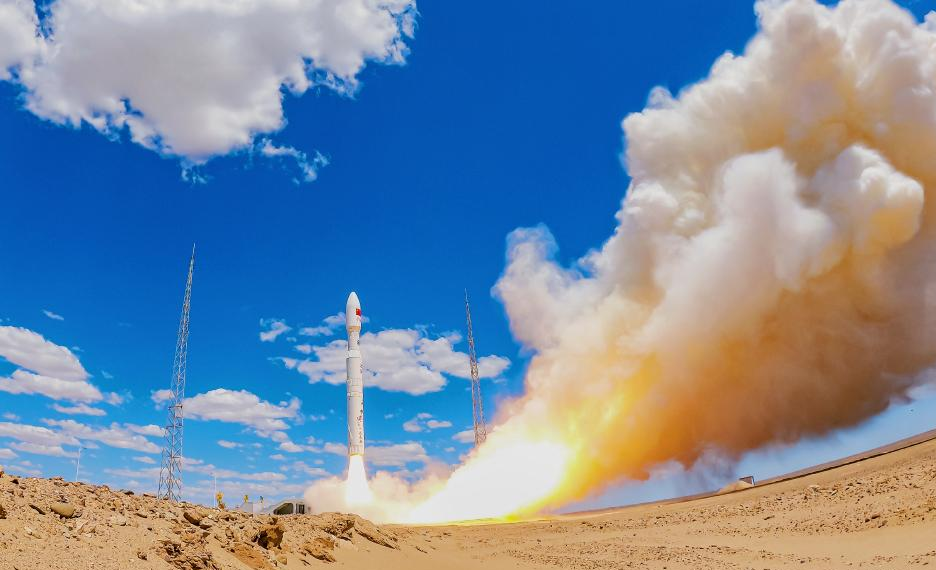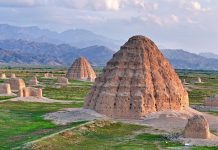
Jiuquan: A Lijian-1 carrier rocket has successfully blasted off from the Jiuquan Satellite Launch Center in northwestern China, sending a record 26 satellites into orbit.
It is the Lijian-1’s second flight and the most satellites carried by one rocket in Chinese history. The Lijian-1 is by far the country’s biggest solid-fuel carrier rocket and represents innovation and speed in commercial launches. The satellites sent by the Lijian-1 Y2 carrier rocket will be mainly used for technology verification and commercial remote sensing information, according to the launch center and developers.
The Lijian-1 was developed by the Institute of Mechanics of the Chinese Academy of Sciences (CAS) and CAS Space.
It has a takeoff weight of 135 tonnes, a takeoff thrust of 200 tonnes, a total length of 30 meters, a core stage diameter of 2.65 meters, and a carrying capacity of 1,500 kilograms for the 500-kilometer sun-synchronous orbit.
The Lijian-1 Y1 was successfully launched on July 27, 2022, making breakthroughs in six key technologies and using 13 advanced technologies for the first time in China.
“This enriched the launch capabilities of China’s solid-fuel launch vehicle family and made important contributions to technological innovations in the field of launch vehicles in China,” according to a press release at the time.
It is reported that the Lijian-1 Y2 is among the first group of such rockets assembled on CAS Space’s production line in Guangzhou, southern China’s Guangdong Province, using an advanced pulsating production mode. Altogether the production line has formed a complete manufacturing service system, signaling CAS Space’s official entry into a new stage of mass production.
The rocket also carries the official intellectual property (IP) logos of the China National Space Administration (CNSA), the China Aerospace Science and Industry Corporation (CASIC) and CAS Space. According to CAS, the aim is to encourage the majority of scientific and technological workers to firmly uphold the aspirations of science and technology and build a strong foundation for scientific and technological innovation. –The Daily Mail-CGTN news exchange item




